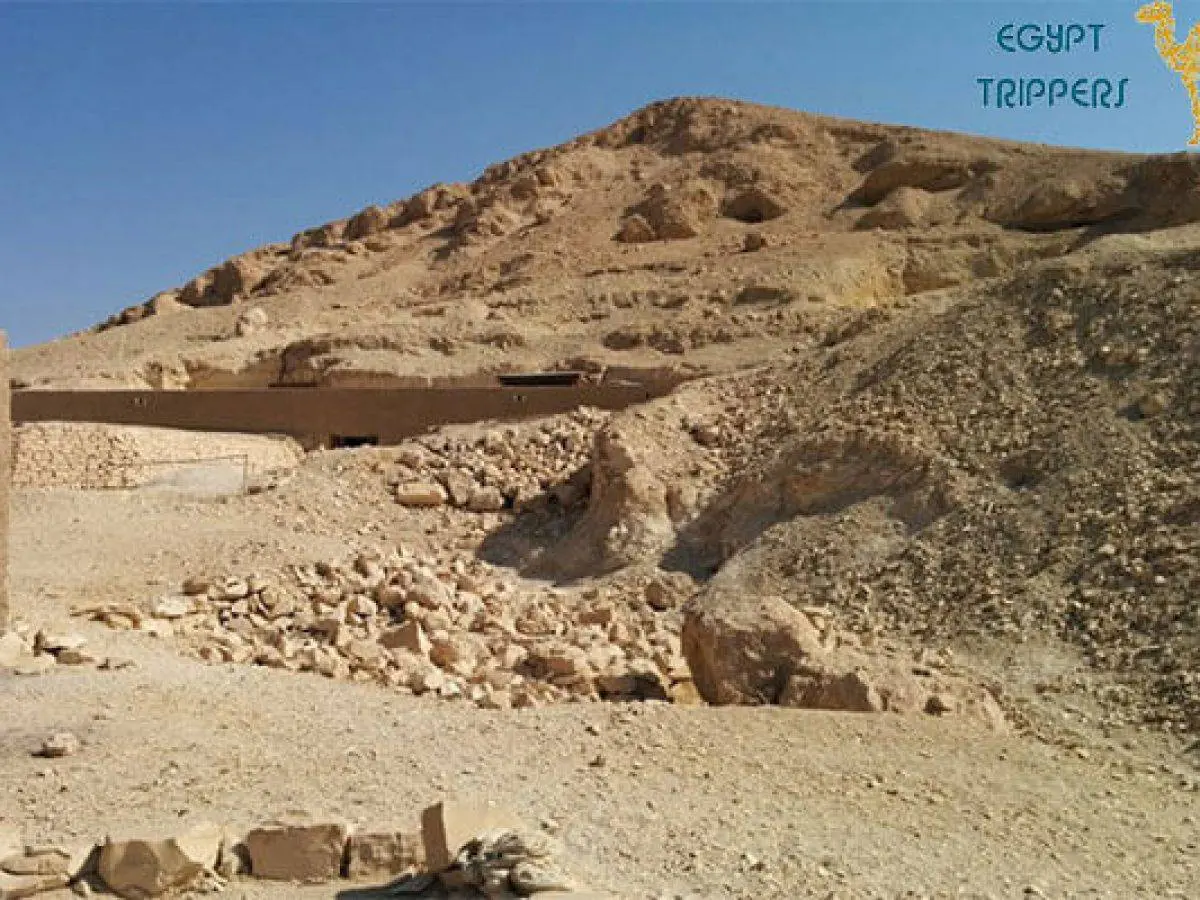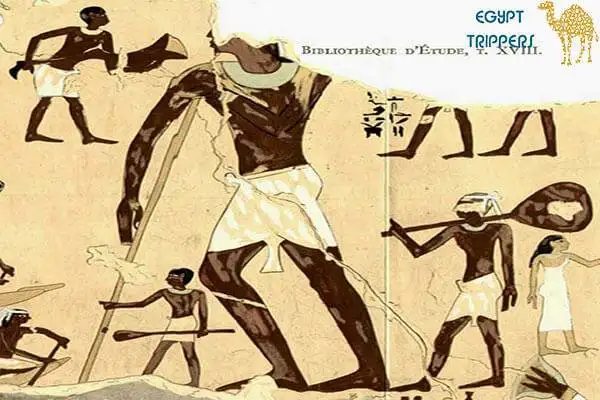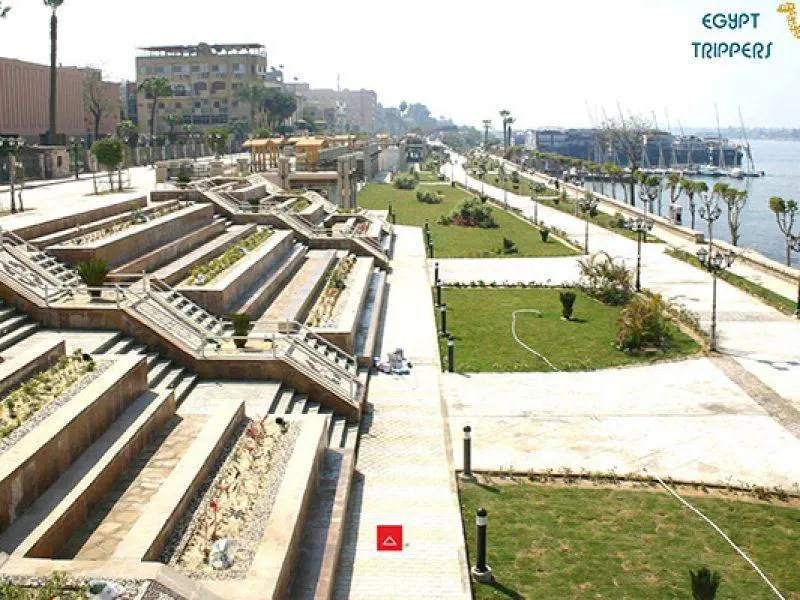The Tombs of Ankhtifi and Sobekhotep at El-Moalla

El-Moalla is a little town about 40 km south of Luxor, so if you’re already sightseeing in the area, the Tombs of Ankhtifi and Sobekhotep would be the perfect stop to make during your Luxor tour! Located along the east bank of the Nile, these two tombs are of particular note because of the beautiful decorations within, dedicated to the two nomarchs Ankhtifi and Sobekhotep.
About The Tombs of Ankhtifi and Sobekhotep at El-Moalla
The tomb was initially discovered in 1928 by local quarrymen. They were discovered as part of a large necropolis uncovered in the nearby village of El-Moalla. It had seen a great deal of wear and tear over the centuries of not being used, but luckily much of the tombs have been restored since. What makes these two tombs so special is the autobiographies carefully carved into columns within, nearly perfectly preserved over the ages. These biographies have given great insight into the political and social events of the Herakleopolitan Dynasty, which ruled Egypt in approximately 2100 BC.
These painted scenes did not escape the passage of time entirely unscathed, as some of the figures have since worn off. But enough has remained preserved within to give visitors an exciting insight into the lives of these two nomarchs. It is thought that Sobekhotep was the son of Ankhtifi because these were the only two tombs in the entire nearby necropolis that were decorated.
The construction of the tombs of Ankhtifi and Sobekhotep is also of note, having been dug in the mid-slope of a rock peak, most likely chosen for its similarities to a pyramid. This location was chosen in spite of the bad rock quality, as scholars and historians have determined the wear and tear of surrounding tombs is greater than if quality stone had been chosen.
The remains of the interior chambers include a funeral monument for Ankhtifi and Sobekhotep, comprised of a single massive rectangular area most probably preceded by a courtyard of some kind. Part of the corridor that led here from other parts of the tomb still remains today and is used as an entry way, not its intended purpose at the time of construction.
All throughout the tombs, the walls are covered in a special coating of mixed straw, clay, and a white distemper covering. While this chamber had most likely been fully decorated in ancient times, much of the paintings and reliefs have been lost to erosion. The biographical carvings on the pillars survived in much better condition than the rest of the tomb’s decorations.
However, despite this, this is still an attraction local to Luxor that shouldn’t be missed when passing through! The general upkeep of the carved pillars alone is enough to wow any tourist visiting the area, so don’t miss out!




Leave a Reply